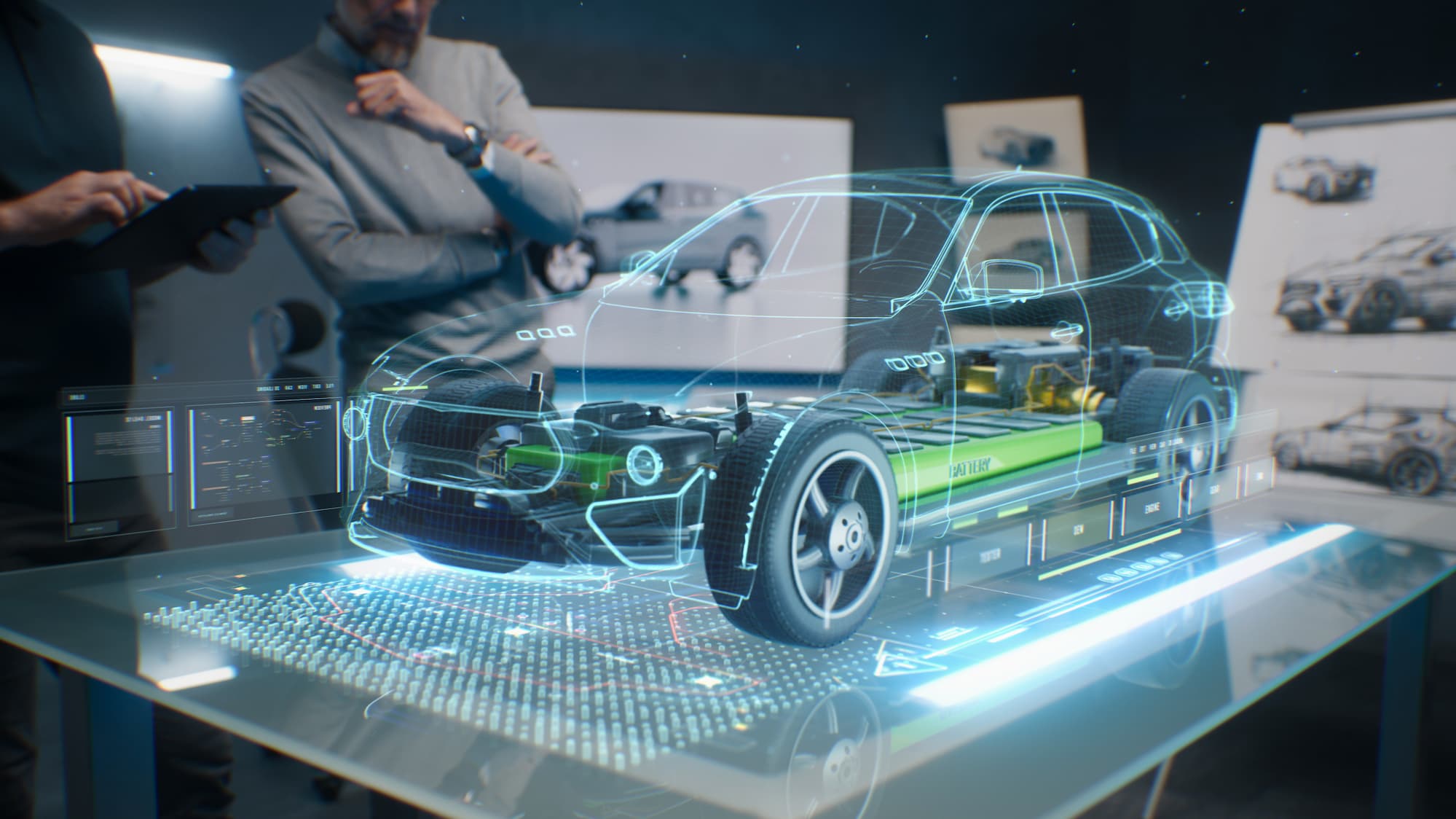Automotive engineering requires a multidisciplinary approach to improve a plant’s efficiency and profitability. Because of the many areas where processes can be improved, automotive engineers should rely on tools and strategies that allow them to have the greatest impact on process improvement and optimization.
Understanding what tools are available allows automotive engineers to leverage those tools to best optimize processes. The die casting process is one example where best practices and simulation software can impact process optimization.
Design With Quality In Mind
Keeping quality in mind throughout the die casting design process is critical to achieving high-quality cast parts faster with fewer iterations. Optimizing cycle time involves getting the shot curve, sequence of the casting process, the temperature of the melt, and thermal regulation all dialed in correctly. When designing the mold, following best practices will increase the likelihood of a quality finished casting. Some best practices include:
- Use the draft to account for shrinkage and make removal from the mold easier
- Choose a parting line that allows for easy post-processing of flash
- Avoid thin walls where possible and strive for uniform wall thickness
- Avoid sharp corners by using filets and radii
- Strengthen walls and increase the flow of molten metal with ribs
Use A Higher Quality Metal For Your Die Casting Needs
Choosing the right metal for casting can be an automotive engineer’s most important decision in the die casting process. Highly dependent on the application, choosing the right type and quality of metal optimizes the part cost with the functionality of the part. Many defects can be avoided during the die casting process by using clean, high-quality metal feedstock.
While choosing the correct metal for the cast part is critical for the application, automotive engineers need to understand the impact of that metal on the die cast process. Certain metals have great properties but must be processed differently.
For example, aluminum alloys have exceptional high-temperature characteristics but must be cast with a cold chamber machine. Zinc casts are very economical and strong while being easy on the dies, meaning they must be repaired and replaced less often. Knowing these tradeoffs is critical for optimizing the process.
Choose a Reputable Simulation Software
The ability to simulate the die casting process before melting any metal gives automotive engineers an invaluable tool for producing higher-quality cast parts more quickly and efficiently. Casting simulation software allows for process parameters to be optimized to the specific mold design. The likelihood of defects can be minimized, and parameters like shrinkage rates can be simulated beforehand to ensure a high-quality finished casting.
When choosing the simulation software to use for a casting process, ensure that the software is reputable and can sufficiently suit your needs. Some software can be harder to use, requiring more specialized training, but it allows for a wider range of capabilities and can be greatly beneficial in an R&D environment. Other casting simulation software is designed to be efficient and easy to use by operators with much less specialized training.
Simulation software like THERCAST® provides a good balance of features while still being easy to use. Most importantly, the resulting simulations are highly accurate and effectively simulate the die casting process.
Inspect The Finished Product Carefully
Automotive engineers can learn a great deal of information to improve the die cast process by inspecting the finished product. Analyzing the dimensions, surface quality, and strength of the finished part provides crucial feedback for tuning the die cast process. Catching defects before the part is put into service prevents cascading issues from occurring later on.
Prevent Defects During Storage & Transportation
Even after the die casting process is finished, issues can occur during storage and transportation unless careful steps are taken. There is nothing worse than a beautiful cast part getting damaged during transportation. Ensure that parts are properly packaged to prevent common issues. Cast parts should not rest directly on one another so that the surfaces do not wear from the vibrations of transportation.
Keeping the parts in good condition during storage can be difficult also. Corrosion can ruin the surface finish of some cast parts. Ideally, cast parts should be kept in humidity-controlled areas until they are put into service. Waxes and greases can be used to coat parts so that the surface is protected.
Strive for Quality Throughout the Die Casting Process
Keeping quality in mind throughout the die casting process allows automotive engineers to produce exceptional cast metal parts efficiently and economically. Knowing which tools provide the most leverage for process improvement allow for greater gains with less difficulty.
Casting simulation is an effective choice for increasing the quality and throughput of die cast processes. Don’t let quality be an afterthought. Keep quality in mind from the beginning of the process to achieve the greatest results.



